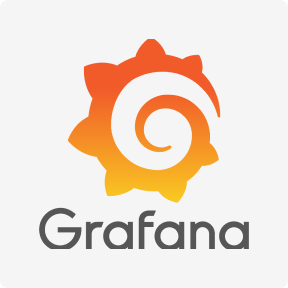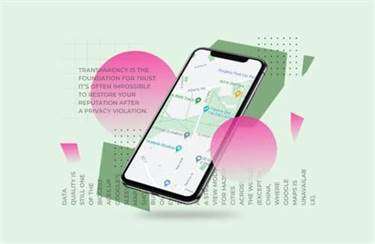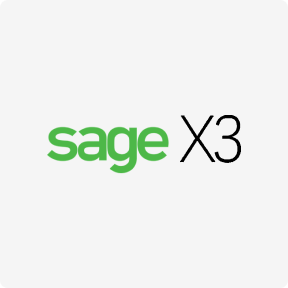Planning-poker cards or other related tools are excellent for gauging everybody’s predictions and beliefs about how much time an assignment would require. Here, the objective is to have everyone provide their prediction discreetly, without engaging with each other, and afterward utilize the information to determine the timeframes. The Swimlane view also allows for tasks to be redistributed across statuses and phases (in the example of Nifty, these phases are called “Milestones”) in a single action. This might occur when a shift in priorities moves a feature into a new sprint, be it an earlier or later release. Whichever approach you begin with, we recommend you practise it for several months at least.

Scrumban is an innovative project management methodology combining Scrum and Kanban . It is a practical and effective approach to managing projects and workflows. https://www.globalcloudteam.com/ The Scrumban framework is discussed in a comprehensive guide that covers the definition and meaning of its principles, benefits, and implementation.
A. The Scrum methodology
The Kanban framework is built on the philosophy of continuous improvement, where work items are “pulled” from a product backlog into a steady stream of work. The Kanban methodology most frequently comes to life through the use of Kanban boards—particularly Kanban board software. Scrumban is a combination of Scrum and Kanban that offers a flexible approach to project management. It uses sprints and visual boards, allowing teams to adapt to changing circumstances while optimizing workflow and reducing waste.
- In Kanban, there are not so detailed guidelines on, for example, working in Sprints, roles of Product Owner, Scrum Master and Development Team.
- Moreover, Scrumban can accommodate a large number of team members, and a Scrumban board can have as many columns and cards as necessary.
- The Sprint is the central piece of any Scrum; it’s where ideas turn into something valuable.
- There are no specific roles — e.g., scrum master, product owner, etc. — in scrumban.
- However, there are also differences that we would like to discuss today.
LogRocket simplifies workflows by allowing Engineering and Design teams to work from the same data as you, eliminating any confusion about what needs to be done. Together, the team decides what needs to be done first and discusses the list of prioritized tasks. As team members complete their current task, they start pulling the prioritized tasks in their queue.
Final thoughts on Scrumban
Scrumban is a project management methodology that combines Scrum and Kanban. It is a hybrid approach that provides flexibility, structure, and continuous improvement. It emphasizes visualizing work, limiting work in progress, and prioritizing tasks based on business value and customer needs. Scrumban is beneficial for teams that have outgrown Kanban and need more structure, or for teams that have adopted Scrum but struggle with its strict framework.

Those align all stakeholders on task priorities and determine what amount of work the team can realistically achieve in a given time. Sometimes, however, product development requires both the predictability of a structured workflow and a continuous process that can improve productivity within larger teams. By combining the best that both Scrum and Kanban have to offer, you get Scrumban, a versatile framework for complex, multidisciplinary projects with dynamic needs. So they’ve devised methods such as planning poker to estimate the number of story points (indicating time and difficulty) for each task.
Differences between Scrum, Kanban, and Scrumban
Teams are driven to continuously improve their workflows as a result. So they may prefer a hybrid approach like Scrumban that allows them to manage a flow of tasks that may not happen once per sprint or that can’t be planned ahead of time. Granted, the project manager has control over long-term project management plans. However, once the tasks become available to be worked on, their role is drastically reduced — they don’t have to be hands-on at all. Having a clean visual representation of the team’s progress is paramount for successful project management since it fosters transparency and helps keep everyone on the same page.

The methodology is designed to limit the control of managers and grant more autonomy to the project team management. Team members select their tasks but you can inform them about the ones that need to be completed first. In the Scrumban methodology, managers indicate a priority order by numbering scrumban boards tasks or any other method to ensure that teams know what needs to be done sooner. Scrum revolves around a set of scrum ceremonies, including sprint planning, daily scrum, sprint review, retrospective, and backlog refinement. Scrumban, as the name suggests, is a combination of scrum and kanban.
What is the Scrum process?
When it comes to Scrumban vs. Kanban vs. Scrum, we can’t blame you if you’re wondering which one to choose. However, it’s important to remember that there isn’t one that’s inherently better than the others. It will also take time to get accustomed to and will likely only work well if you adapt it to your team, which can lead to slower implementation. The main benefit of adopting the hybrid Scrumban approach is that you don’t have to fully commit to one Agile framework and swing the pendulum all the way in that direction. As for the limitations, the focus on collaboration can be seen as a strength but it can also represent a drawback.

To achieve this, you need sophisticated project management tools like Plaky, which allow for fast correspondence and quick and safe file-sharing capabilities. Scrumban borrows another feature from Kanban to enhance the workflow further, especially in larger projects and teams — swimlanes. Interestingly enough, Scrumban focuses more on improving the workflow rather than achieving a set project goal, so it’s often used by disciplines like HR, sales, and marketing.
Where does the name for Scrum come from?
Kanban as a method implies that the work is done only based on demand, not supply. This helps you reduce waste by focusing on the tasks needed in the present, as opposed to some backlog of tasks that may or may not get you somewhere. You will also be able to map and manage dependencies, giving you full transparency. As mentioned before, one of Kanban’s key ideas is working with a manageable number of items, not more. What you can do is set a maximum number of items per column (stage) to control that aspect.
The stages that appear on the Kanban board are all dictated by your team. For example, some teams choose not to have their product backlog on their Scrumban board, and instead keep just their sprint backlog on the board. Kanban Tool is a visual management solution that helps companies visualize workflow, track project progress, and analyze and significantly improve business processes. Kanban Tool provides powerful online Kanban boards with seamless time tracking and insightful analytics. Our Kanban software works perfectly in any business process and is designed for teams that want to visualize work on a Kanban board.
How does Kanban differ from Scrum?
Agile is all about flexibility and adapting to the needs of your team and project. With that said, you could experiment with the frameworks before committing. Carry out a small-scale test run with a few team members and then you can adjust from there based on what your findings are. By borrowing elements from both frameworks, you can potentially dilute the effect and impact of each, and overcomplicate things for your team.